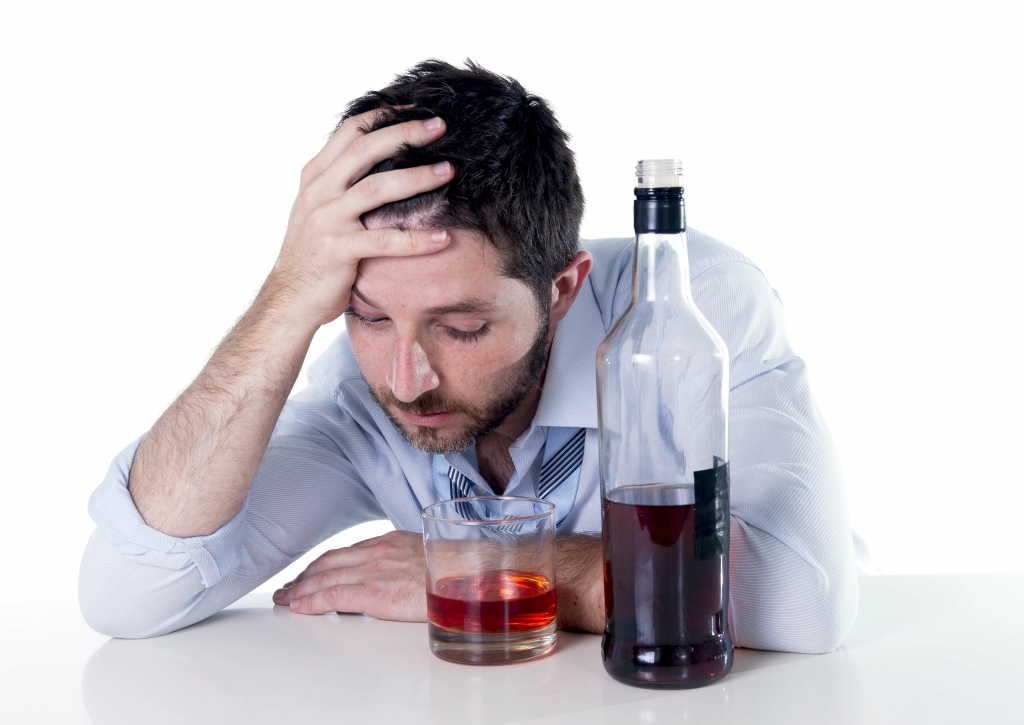No products in the cart.
Sober living
Buzzed Driving Is Drunk Driving
Content
Over the past two decades, fatal crashes not involving alcohol increased in each age group, indicating that the overall decline in alcohol-related deaths during this period was independent of changes in the age composition of the U.S. population. Drivers in fatal crashes who had positive BACs were more likely than other drivers in fatal crashes to have had their driver’s license suspended. Depending on your age and the exact consequences of your alcohol-impaired driving, you may be fined, incarcerated, ordered to do community service or have your driver’s license revoked. Even after these punishments have been dealt with, having a DUI on your permanent record will continue to affect your life for years to come. Car crashes are a leading cause of death for teens, and about a quarter of fatal crashes involve an underage drinking driver.
- Drunk driving numbers for high schoolers decreased by half between 1991 and 2012, but teens are still at risk whether they are the drivers or not.
- It’s also linked to aggression, meaning it can fuel road rage incidents.
- However, an individual who severely injures or kills someone while under the influence of alcohol or other drugs will be charged with a felony.
- He has a nursing and business/technology degrees from The Johns Hopkins University.
Alcohol impairs vision, reaction time, coordination, and judgment, all of which are essential to safe driving. It’s also linked to aggression, meaning it can fuel road rage incidents. This article is dedicated to Becky Fiegl, age 32, and her son Timmy, age 22 months, who were fatally injured in a crash September 19, 1984, when their automobile was struck by a vehicle whose driver registered a BAC of 0.16 percent. Among people who drove after drinking, males reported more drinking–driving trips in the past month than females (an average of 13.2 trips vs. 6.6 trips). Drivers ages 16 to 20 who drove after drinking reported on average the fewest drinking–driving trips of any age group (Royal 2000). In 1999, researchers conducted a nationwide, random telephone survey of 5,733 adults age 16 and older to collect information about drinking and driving behavior and attitudes, and enforcement of drinking and driving laws (Royal 2000).
Laws.
Driving with a blood alcohol concentration (BAC) of 0.08 grams of alcohol per deciliter (g/dL) or higher is illegal in all parts of the country. And any amount of booze detected for a driver under age 21 in the United States is considered illegal. If an individual is arrested for a DUI-type offense while their driving privileges have been suspended or restricted, they may be charged with higher-level offenses. The trend in numerous states is also to charge individuals with multiple DUI offenses with felony convictions after they have been arrested many times for DUIs or similar offenses (most often, three times or more).

The numbers of traffic deaths involving people with BACs up to 0.08 percent had the smallest proportional decline (19 percent) from 1982 to 2002 (see figure 2). Traffic deaths among people with BACs of 0.08 percent and higher declined 35 percent, and those involving people with BACs of 0.15 percent and higher declined 37 percent. One of the problems with setting the legal limit for “drunk driving” at a blood-alcohol content consequences of drinking and driving level of 0.08 is it sends the message that if you are not yet legally drunk, you are therefore okay to drive. If you’ve ever wondered how alcohol makes you drunk and whether or not alcohol can really impair your driving, you’re in the right place. Here, we review the impact of drunk driving, as well as consider alternatives to mandatory jail time, including questions on DUI assessments, drug courts, or addiction treatment.
Impairment Begins Below 0.08 BAC
School-based instructional programs are beneficial for teaching teens not to ride with alcohol-impaired drivers. Research shows a significant relationship between alcohol and both the perpetration and victimization of road rage. The American Psychological Association (APA) states that people who experience road rage are more likely to misuse alcohol or drugs. Aggression combined with impaired judgment and impulse control can be a recipe for road rage incidents. Poor judgment can lead to speeding, running red lights, and other risky driving maneuvers. This is especially dangerous when your vision, coordination, and reaction time are also impaired.
Rising temperatures could cause increase of drug and alcohol abuse – Livermore Independent
Rising temperatures could cause increase of drug and alcohol abuse.
Posted: Tue, 26 Sep 2023 14:54:31 GMT [source]
Every state has a zero tolerance law which prohibits under 21-year olds from driving with any detectable amount of alcohol in their blood stream. Now, an under 21-year old with even trace amounts of alcohol in their blood will automatically be guilty of driving under the influence. Whether they’re walking or biking to school, riding the bus or driving on their own, here are safety tips to teach your children as they head back to school. Now add two more beers to your total, you are up to having consumed a six-pack and have likely passed the 0.10 BAC level. Your likelihood of having an accident is now 48 times higher than the abstainer.
Judgment
Alcohol consumption hinders sound decision-making, leading individuals to take actions they wouldn’t normally consider if they were sober. Despite the known danger, many still choose to drive under the influence, ignoring the risks, as their thoughts are clouded by alcohol. It is widely recognized that driving while drunk is a poor decision, but this awareness is often overridden by impaired judgment caused by alcohol. This “increased risk” category contains three different drinking pattern groups. Overall, nearly 20% of people who drink in this category have alcohol use disorder.
Drinking and driving, also called driving under the influence (DUI), involves operating a vehicle with a blood alcohol content (BAC) of at least 0.08%. Getting behind the wheel after having even just a few drinks can prove to be dangerous to yourself, pedestrians, and other drivers. High-visibility saturation patrols consist of a large number of law enforcement officers patrolling a specific area, usually at times and locations where crashes involving alcohol-impaired drivers are more common. These patrols should be well publicized and conducted regularly just like sobriety checkpoints. Over 10,000 people die each year in the U.S. from alcohol-related car crashes.
Excessive drinking and alcohol abuse can lead to alcoholism or a physical dependence on alcohol. Every 53 minutes, a person in the United States dies in an alcohol-related traffic accident. That’s why planning ahead, making personal rules about drinking and driving, knowing your transportation alternatives, and always having a few plan B’s in your mind can help ensure you never get behind the wheel after you’ve been drinking. Opt to use a rideshare app, grab a taxi, hop on public transportation, walk if it’s safe to do so, or appoint a reliable designated driver.

Driving while under the influence of alcohol not only endangers your life, but also those of others on the road. However, it’s essential to keep in mind that each person reacts differently to alcohol. Alcohol consumption impairs judgment, reaction time, vision, coordination, and concentration – all crucial for safe driving. Driving under the influence can result in a DUI, but the consequences can be far more severe.
